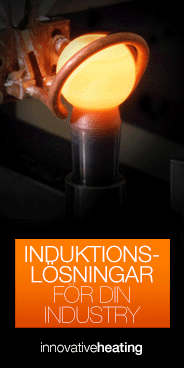

Soldering
Soldering
Soldering is the process of joining two pieces using heat and a filler material that melts at a temperature below 427ºC (800ºF) and below the melting point of the parts to be solder.
The filler material used in soldering varies depending on the parts being joined. The most commonly used alloys are tin-lead, tin-silver and tin-zinc.
The reason for this process between parts of the same or different materials is to create a permanent bond high strength, simplify mechanical operation and adopt simple production techniques, always compatible with the demands of mass production, among others.
There are different methods of heating for soldering, for example the flame, electrical resistance, ultrasounds or induction. Soldering by induction has a number of advantages over these other methods.
Induction heating advantages:
- Improved process efficiency
- Fast and localized heat
- Temperature control
- Energy saving
- Less oxidation
- Creation of clean joint, precise and controllable
- Technology without pollution, clean and safe
- Conservation of basic covering materials
- The process eliminates the distortion and other undesirable metallurgical changes in different regions of the work pieces
Industries related with this process are household, industrial applications, oil and gas and renewable energies.


 Fråga oss
Fråga oss
